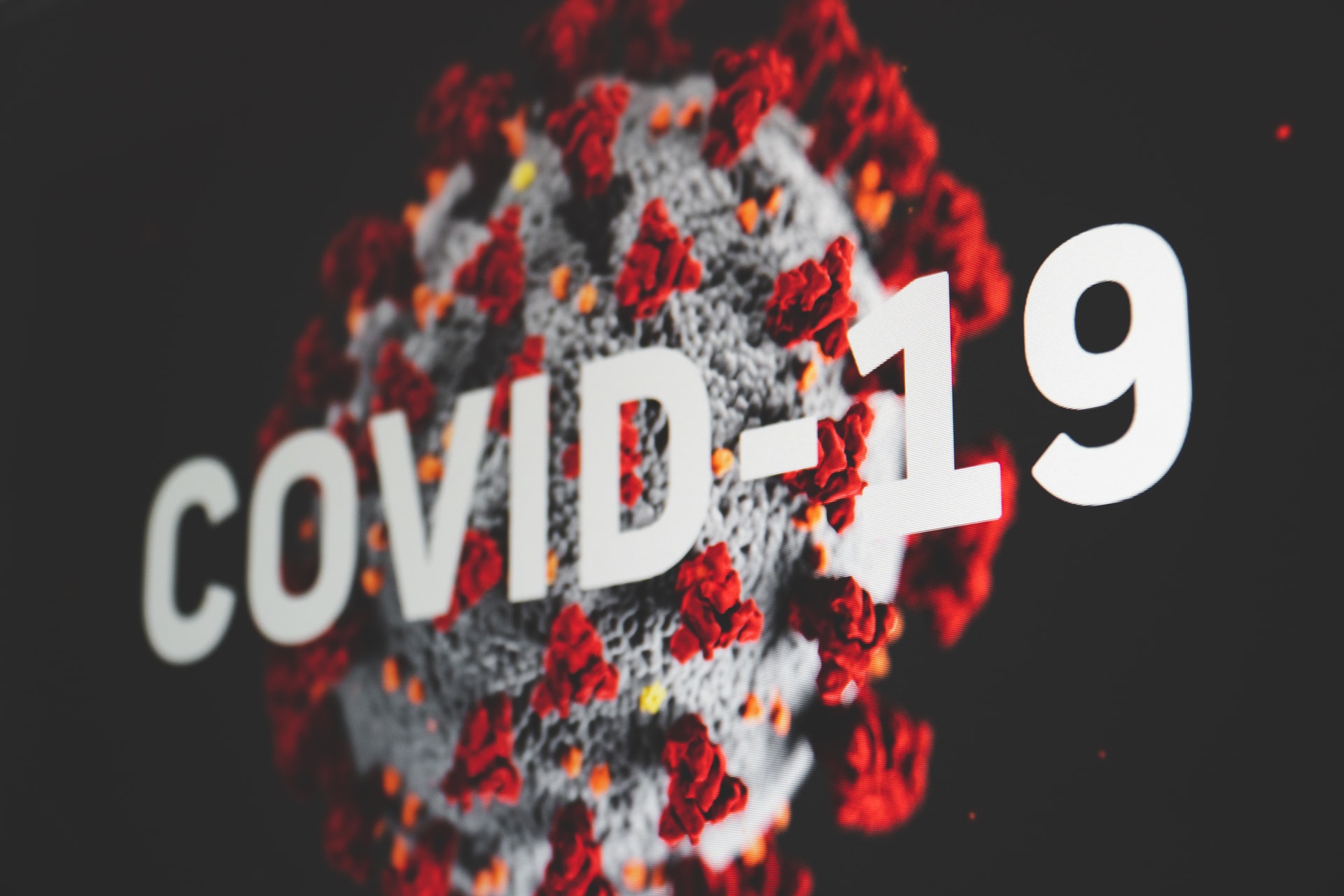In an effort to grasp the knowledge of executives throughout North American in a post- Covid-19 world, leaders from large corporations operating in a wide range of industries were surveyed. Consistent with predictions, many executives agreed that knowledge management has become a focal point of executive span of control but has not been associated with organizational leadership enough to make it an integral part of business success. It is safe to say that knowledge is a component of the more importance competence of a leader which is knowledge leadership. The evidence from this study suggests that a new knowledge leadership model that can easily be applied that takes into consideration some of the major tasks that business leaders must consider is needed.
A good example of this, executives can look at three step processes of knowledge accumulation, integration, and reconfiguration. The following figure 1 depicts this knowledge leadership model. The key point in this model is the knowledge accumulation section coupled with integration and reconfiguration to ensure that the knowledge is actually helping the organization prevent further operational risk during the Covid-19 pandemic. Victor Sino, head of America’s operational risk at HSBC Global Banking and Markets, states that the standard definition of operational risk is risk of loss due to failed people, processes, systems, and an external event. Some of these can be controlled by executives and others are risks that have to be factored into strategic decision-maki
- Knowledge Accumulation
Knowledge in enterprises can be evaluated by measuring the processes of knowledge finding, integrating and networking. The knowledge accumulation process in this model plays an important role for organizations through acquiring knowledge and information from the external business environment and developing the capabilities to create new knowledge within a company. In doing this process, executives can particularly develop a workplace which is effective in:
- Acquiring knowledge about new products/services within our industry.
- Benchmarking performance with competitors or industry.
- Using feedback to improve subsequent practices.
- Utilizing teams (e.g. committees or management teams) to manage knowledge resources.
- Developing and implementing education or training programs.
- Carrying out a career path program or recruitment program to acquire experts.
- Conducting organizational events (such as a “knowledge contest” or “knowledge fair”) that promote knowledge activities.
- Knowledge Integration
A further step to leading knowledge is to integrate knowledge within companies. Executives can synthesize new knowledge and information to improve the effectiveness of organizational processes and the quality of products or services. Executives can promote knowledge integration by creating expert groups or steering committees to enhance knowledge quality and evaluate knowledge assets. Executives can also facilitate this process, by undertaking initiatives that provide learning and development opportunities for employees to share their knowledge within companies. Cheryl Stargratt, Vice President of HR at IPEX Group of Companies and the winner of the 2017 prestigious Canadian HR Leader of the Year Award, states that “people want to be developed and I think it’s not about having the expectation that people are going to stay 10 or 15 years that they owe us something for developing them because everybody knows we start developing people, but I do think that’s what will retain people”. The key here is to internally integrate knowledge so that it is quickly retrievable at the right time and place. Knowledge cannot be used adequately if it takes time to acquire it. In doing this process, executives can particularly develop a workplace which is effective in:
- Monitoring or controlling organizational knowledge to keep product or services in line with market requirements.
- Regularly assessing knowledge requirements according to environmental changes.
- Linking the knowledge sharing system using various software and programmes.
- Defining “core knowledge” or “core competence” areas.
- Using expert groups to evaluate the quality and effectiveness of organizational knowledge.
- Disseminating organizational knowledge among employees.
- Rewarding individuals or teams based on the quality of knowledge generated.
- Knowledge Reconfiguration
Moreover, competing organizations find ways to share common knowledge so that it can be used by industry alliance when the information is non-specific to a certain organization. Organizations must collaborate with other companies, and share their knowledge with them to improve community issues and global problems in a manner that solves problems and creates solutions when necessary. This is called knowledge reconfiguration. The key kernel for executives is that knowledge is shared with other organizations to recognize the changes occurring in external environments and respond to them quickly and effectively. In doing this process, executives can particularly develop a workplace which is effective in:
- Creating knowledge alliances with suppliers, customers, or other partners.
- Sharing knowledge visions and goals with external partners (such as suppliers and customers or other partners) to develop collaborative activities, shared goals and trust-based relationships with them.
- Extending (or linking) knowledge related policies or rules (measurement, rewards) with external partners (such as customers, suppliers or other partners).
- Linking our knowledge sharing system with external partners (such as customers, suppliers or other partners).
- Facilitating and implementing activities such as conferences, contests, seminars with external partners.
In Conclusion
Executives now know that applying knowledge leadership using the process perspective is advantageous and good sound strategic implementation. I walk executives through a process of knowledge accumulation, integrating knowledge into day-to-day operations, and a continuous reconfiguration to recognize the changes occurring in external environments and respond to them more quickly and effectively in the post-Covid-19 world.









